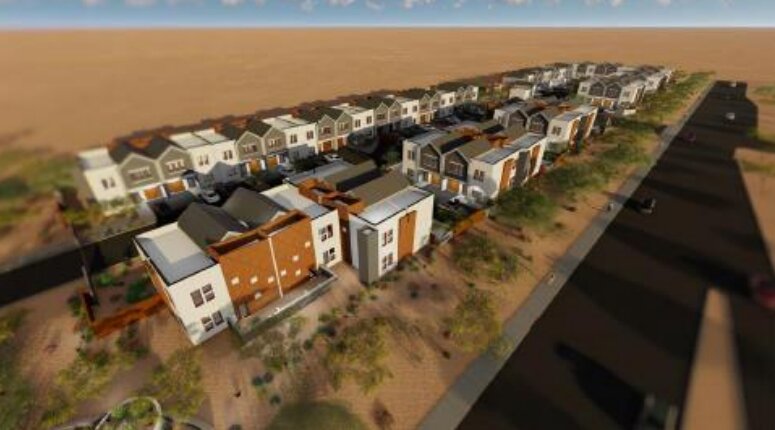By Anthony W. Orlando | The Conversation
The Research Brief is a short take about interesting academic work.
The big idea
Building multiple publicly subsidized low-income housing developments in a neighborhood doesn’t lower the value of other homes in the area – and in fact can even increase their worth, according to a new peer-reviewed study I co-authored.
For the study, we looked at 508 developments financed through the federal Low-Income Housing Tax Credit program and built in the Chicago area from 1997 to 2016. We then examined their influence on more than 600,000 nearby residential sales, using data from local property assessments and tax records. We chose Chicago because of its size, well-established neighborhoods, substantial amount of subsidized housing developments, well-documented racial and ethnic segregation, pockets of persistent and concentrated poverty and excellent data coverage. While some readers may have pictures of dilapidated buildings in their minds, the projects we looked at were generally well built and well maintained.
We found that, relative to comparable homes in other neighborhoods, average home prices jumped by 10% within a quarter-mile of the first affordable housing development that was built in a neighborhood and 2% within a quarter-mile over a 15-year period or through 2016. To ensure we were isolating the effect of the low-income housing program, we also looked at preexisting market trends to make sure neighborhoods that showed the faster price growth weren’t already growing at a faster rate before the low-income housing.
What was more striking to us, however, is that additional developments in the same area generally further increased housing prices. Building two more developments increased prices by a total of 3 additional percentage points, on average, within a quarter-mile and 4 percentage points over the next quarter-mile. In other words, a neighborhood within a quarter-mile of all three developments saw gains of 13% on average over the period.
These additional effects are important because low-income housing projects are disproportionately concentrated geographically, especially in lower-income areas.
We also found that these effects occurred regardless of whether it was a low- or high-income neighborhood and no matter its racial composition.
While other studies have previously shown Low-Income Housing Tax Credit developments typically have positive effects on surrounding property values, ours was the first to look at the impact of several projects in one neighborhood.










